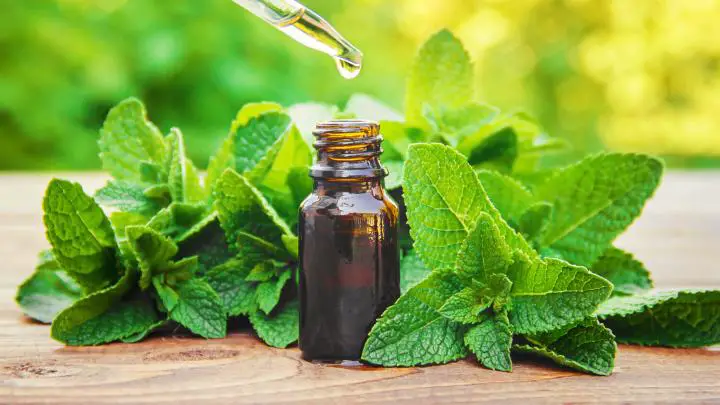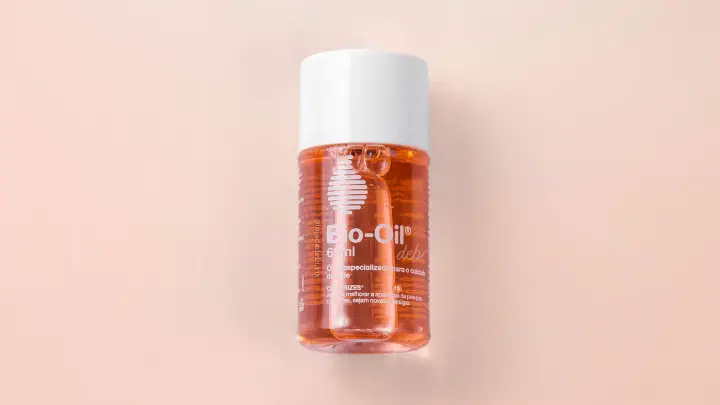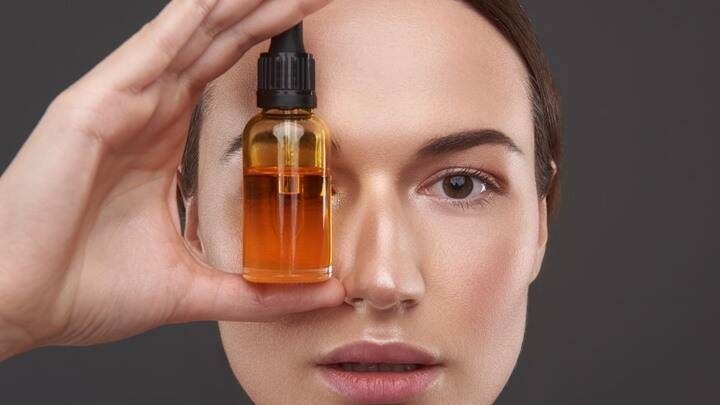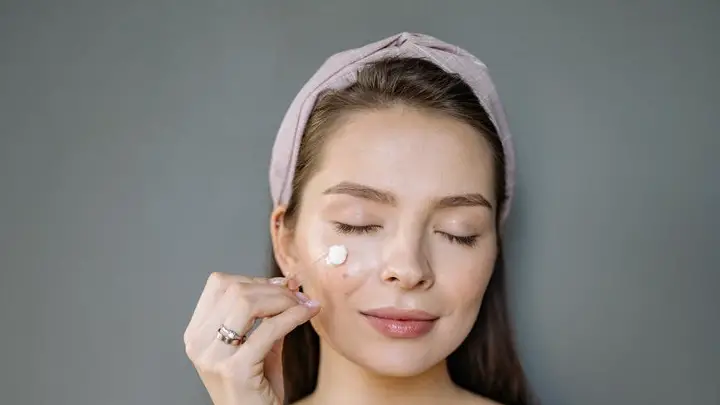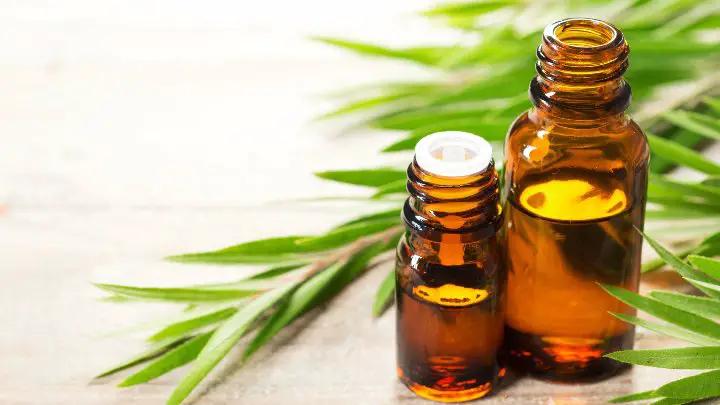Essential oils have many uses, especially ones like peppermint, which provides aromatic and soothing relief. But when done wrong, the essential oil’s treatment might turn to side effects like burns and irritations. Why does this happen?
You are here to learn the reasons why peppermint burns if it burns, and what you can do about it.
What is peppermint essential oil?
Peppermint belongs to the mint family, and the oil is derived from the plant through a distillation process. This process extracts the main nutrients ‘essence’ of the plant in liquid or its final form.
The peppermint leaf itself is a hybrid of two types of mint; spearmint and water mint, and it is mostly grown in North America and Europe. Peppermint oil is extracted from the leaves and flowers of the plant.
Peppermint essential oil comes from this process of extracting the essence of the peppermint plant. It offers mainly aromatic treatment for colds, sinus infections, nausea, and headaches.
The oil has a long-standing use for indigestion, digestive disorders like irritable bowel syndrome (IBS), and other digestive problems. The nature of essential oils makes peppermint oil highly concentrated and should be used in drops rather than in larger quantities.
Does peppermint burn?
Yes, it can. Like every other essential oil, peppermint oil is very potent. It can’t be used undiluted. This is most common with topical application of the oil.
Peppermint oil can also cause irritation or discomfort if not used in the proper direction.
The concentration of the oil’s active chemicals or ‘essences’ makes it highly potent. That’s why it must be used in drops with a drop applicator rather than measured teaspoons or cups.
As a result, use peppermint oil as directed.
Why does peppermint oil burn?
Peppermint oil can burn for varying reasons. Some not because you are not doing things right, and others because you have missed a step or precaution. The following reasons are why peppermint oil can burn your skin.
1. Applied undiluted
Burns happen due to the highly potent features of essential oils. Peppermint essential oil, like others, will cause burning sensations on your skin or slight irritations if applied to the skin directly.
A little drop contains extracts with active components. That’s why they are mixed with water or carrier oils. No matter how little, mix your oil as instructed before use. The topical application requires measuring right to get the effect you want.
Peppermint works for boosting moods and soothing colds and nausea by inhaling; therefore, you have to be careful when handling the oil.
2. You have sensitive skin
Sensitive skins have a characteristic- they get irritated easily. If you have sensitive skin, be wary of any essential oil to avoid burns- both in your nose and body.
Therefore, you have to patch-test the solution or mix of peppermint on your skin first before applying. This also goes for inhaling.
3. Wrong mix
Another reason peppermint oil burns is due to a wrong formula or mix. Mixing essential oils with water or carrier oils helps sate the concentrated oil.
However, if the mixture is a balanced ratio, which is usually 60:40 or 70:30 (carrier oil to essential oil), there is an unlikelihood of burns.
4. Unbalanced peppermint oil
Before buying any essential oil, be sure of the composition. It’s best to go for natural oils or ones with a substantial or trusted formula.
If you do not trust the brand or the process, it’s best not to buy. And you can do a little digging through internet reviews of any peppermint essential oil product before using it.
An unbalanced peppermint oil product can cause damage more than burns; it can also scar or darken your skin. Therefore, you have to patch-test the product and still watch for sudden changes.
5. Allergic reactions
Peppermint can cause allergic flare-ups, although this is rare. However, if you find you are allergic to the peppermint plant or parts of it, it’s best not to use its extracts in any form.
Why does peppermint oil burn your eyes?
Peppermint oil burns the eyes because they have come in contact with them. The eyes are sensitive organs, and harmful things must not touch them, both sharply and in liquid. Peppermint oil, with its concentrated formula, will naturally cause burns in the eyes.
The contact doesn’t have to be direct. It can also be through the air. When the oil is dense in the air, it may sting the eyes.
Why does peppermint burn your scalp?
For the same reasons as it does your skin. The scalp is also a part of the skin. It has the same sensitivity as any other part of your skin.
Consequently, peppermint oil will burn your skin if you use undiluted oil, are sensitive to it, used the wrong product or mixture, or are plain allergic to it.
How to stop burning from peppermint oil
1. Use rubbing alcohol
If you experience burns on your skin, the first thing you should do is apply rubbing alcohol to the affected area. All you have to do is use an alcohol-soaked cotton ball and massage the affected spot. The alcohol oxidizes the oil, removing traces of it on your skin.
2. Wash off with soap and water
Another method is to rinse off with water and soap. The soothing glycerin or moisturizing features of a soap cleanses the skin and soothes the skin. However, it takes time for the burning sensation to go down, but it is not uncomfortable, more like a tingle.
For your eyes, rinse alone under running water; the soap might irritate them further. Place your eyes under a water closet and let the water flow over them for minutes. After, bring them out to see if the irritation has stopped if it hasn’t run under the flowing water again.
Do this rinse and lift until your eyes are mildly irritated or the burn is now a tingle or you can open your eyes somewhat clearly.
3. Use a deionizer
Deionizer effectively neutralizes the effects of peppermint oil on your skin or in the air. It changes the structure, reducing its efficacy or turning it null.
4. Use an oxidizer
An oxidizer helps to diffuse the strong aroma of its environment or surrounding. If you are experiencing tingling or burning sensations in your nose and eyes due to the potency of peppermint oil. You can use this tool to clear the air. It works for a strong-scented room or air.
Benefits of peppermint oil
If you do not experience any burning sensations or irritations, you get these benefits from using peppermint oil:
- Reduces nausea
- Relieves joint and muscle pain and headaches
- Relieves itching
- Good for colds and coughs
- Reduces stress with its soothing aroma
- Kills germs
- Treats digestive issues
FAQs
Is it normal for peppermint oil to burn?
No, it’s not. If you are experiencing burns from peppermint oil use, it means something is wrong somewhere.
If the reason does not fit behind the reasons stated, you should see your doctor for a correct diagnosis.
Can peppermint oil burn belly fat?
No, it cannot. Peppermint does have lots of uses but it does not help in burning belly fat. It does, however, help to treat digestive issues, which may be causing bloating in the stomach area.
How long does peppermint oil burn last?
Until it oxidizes. Essential oils are very potent. Consequently, the burn lasts until the oil oxidizes and loses its potency. This period depends on the formula, mix ratio, or concentration.
The higher the concentration, the longer the burn lasts. You should stop the burn first rather than wait it out.
Conclusion
Yes, peppermint oil does burn due to several reasons, but they are treatable. This information should not scare you out of using a perfectly good bottle of this oil.
All you have to do is follow the instructions laid out, and if you still feel tingles and burns, then it most likely isn’t meant for your skin. Nonetheless, you can safely use peppermint oil to treat both skin and body issues. So, use it wisely.
Thanks for reading.
Get more safety tips to improve your lifestyle here on Serum101.
